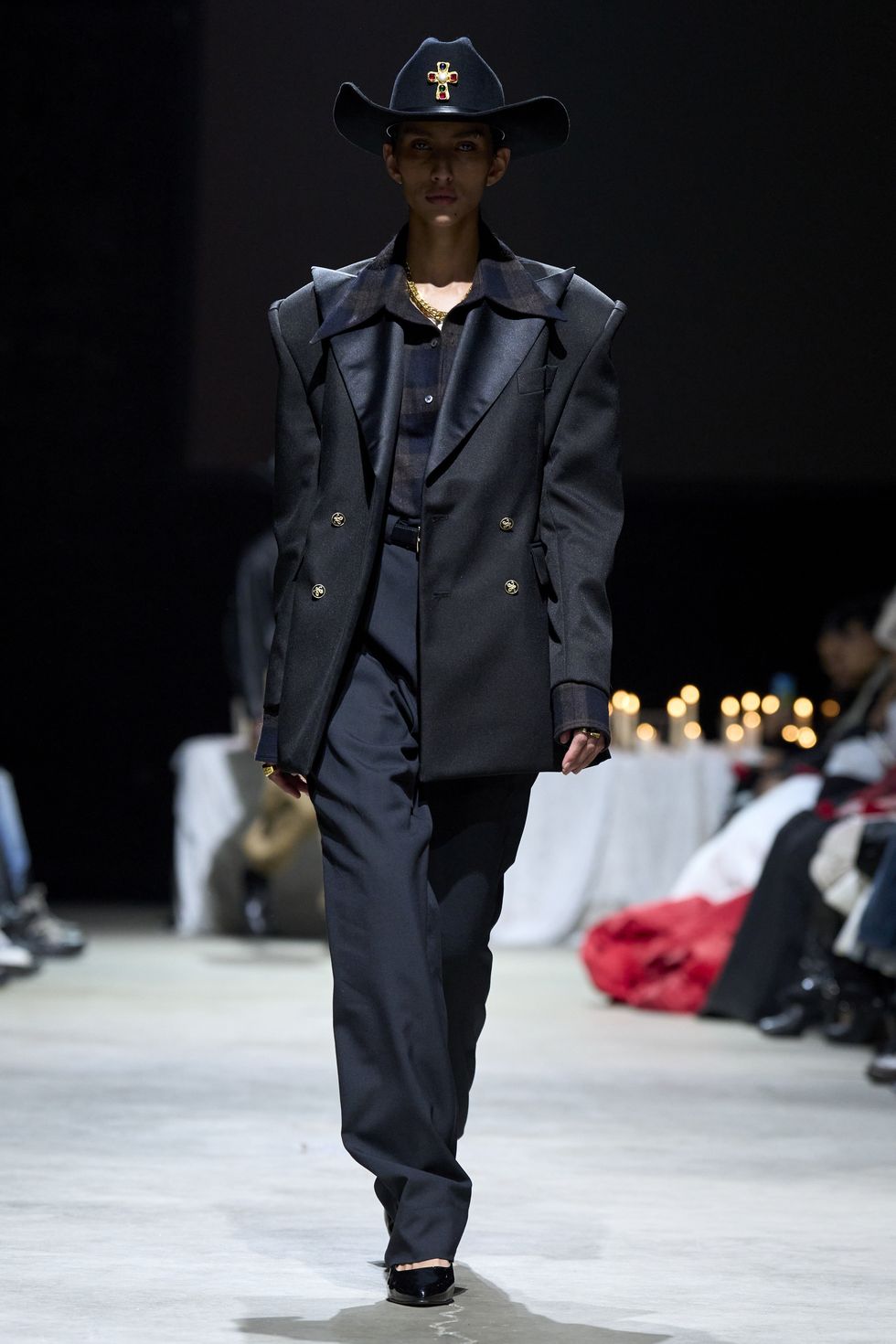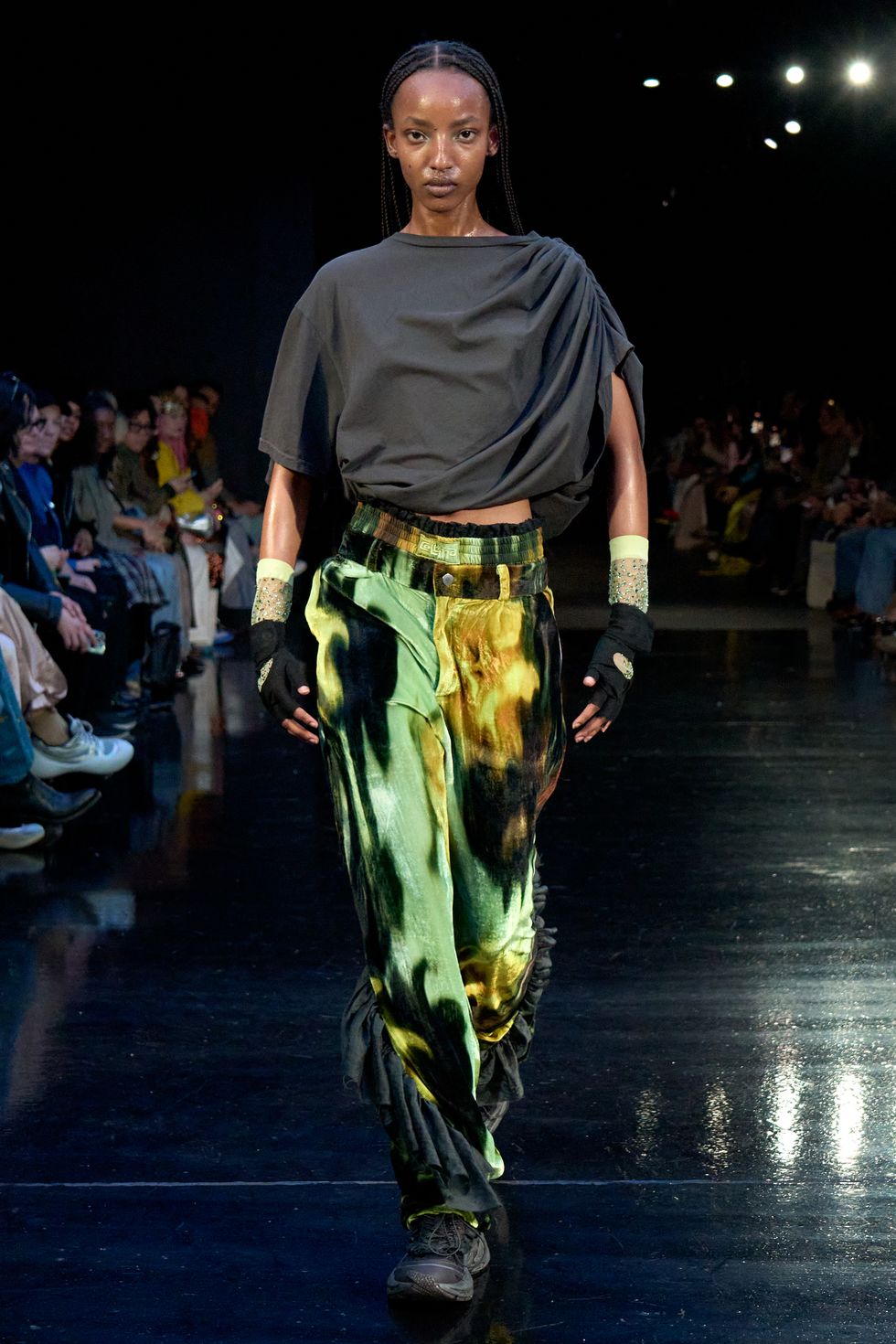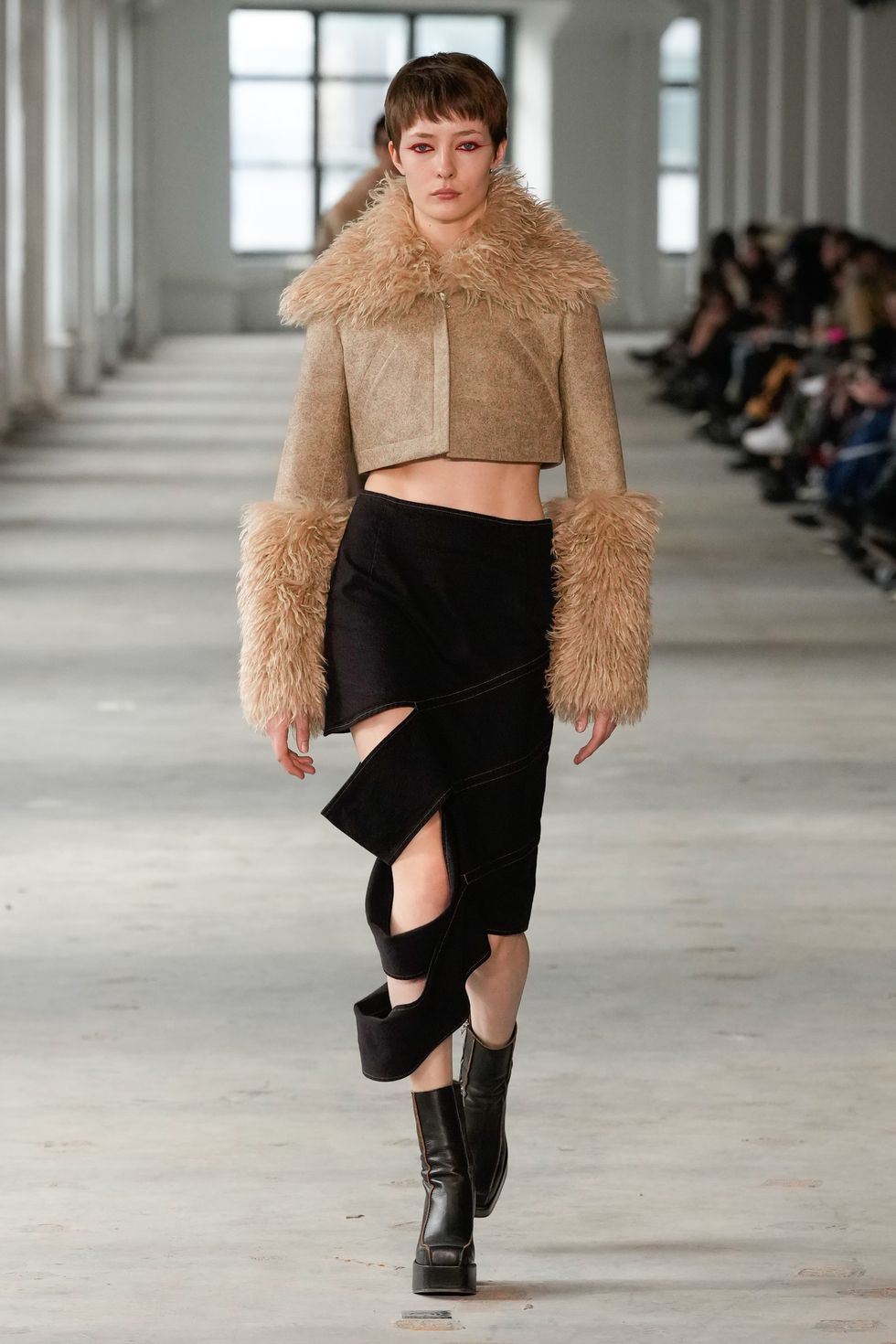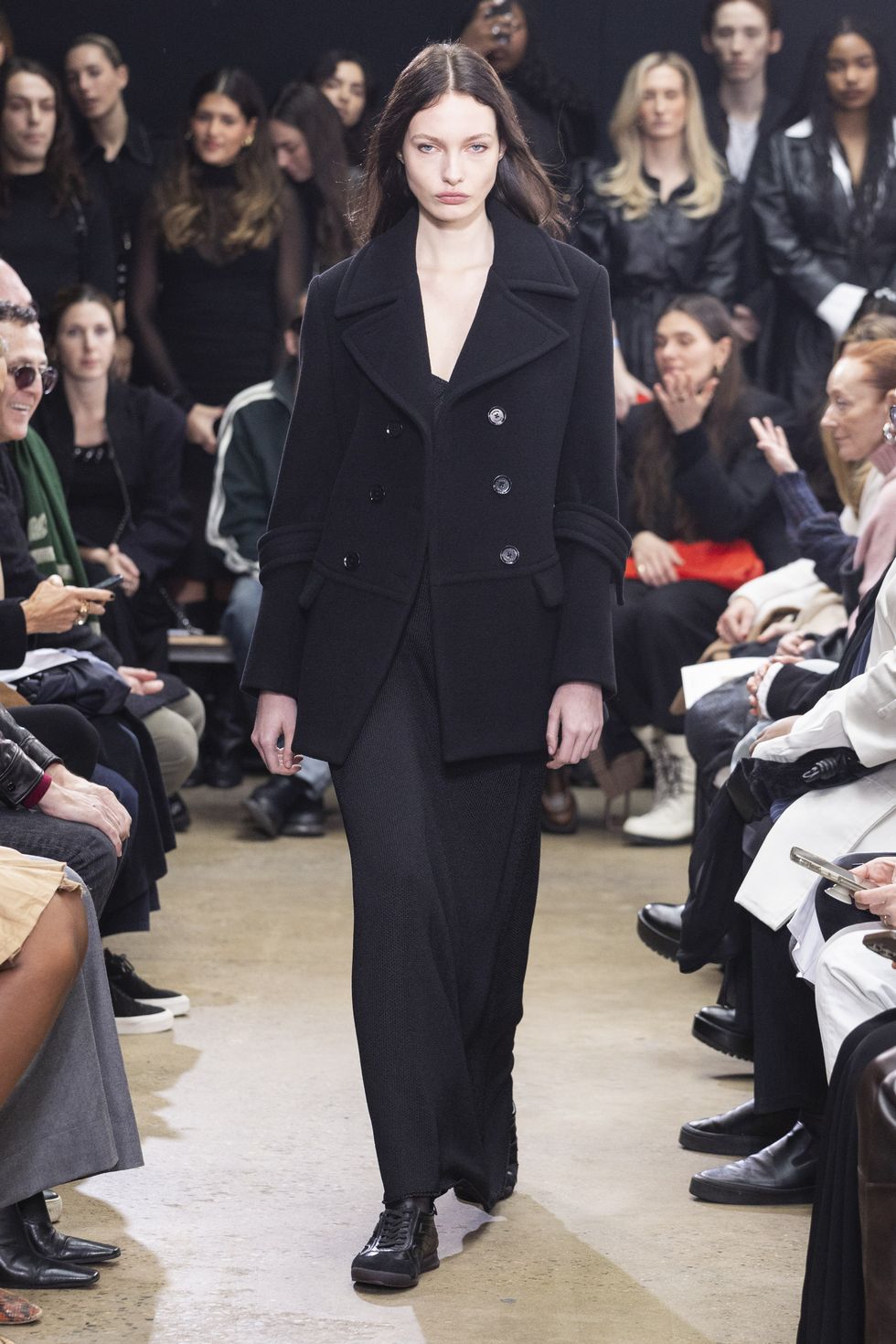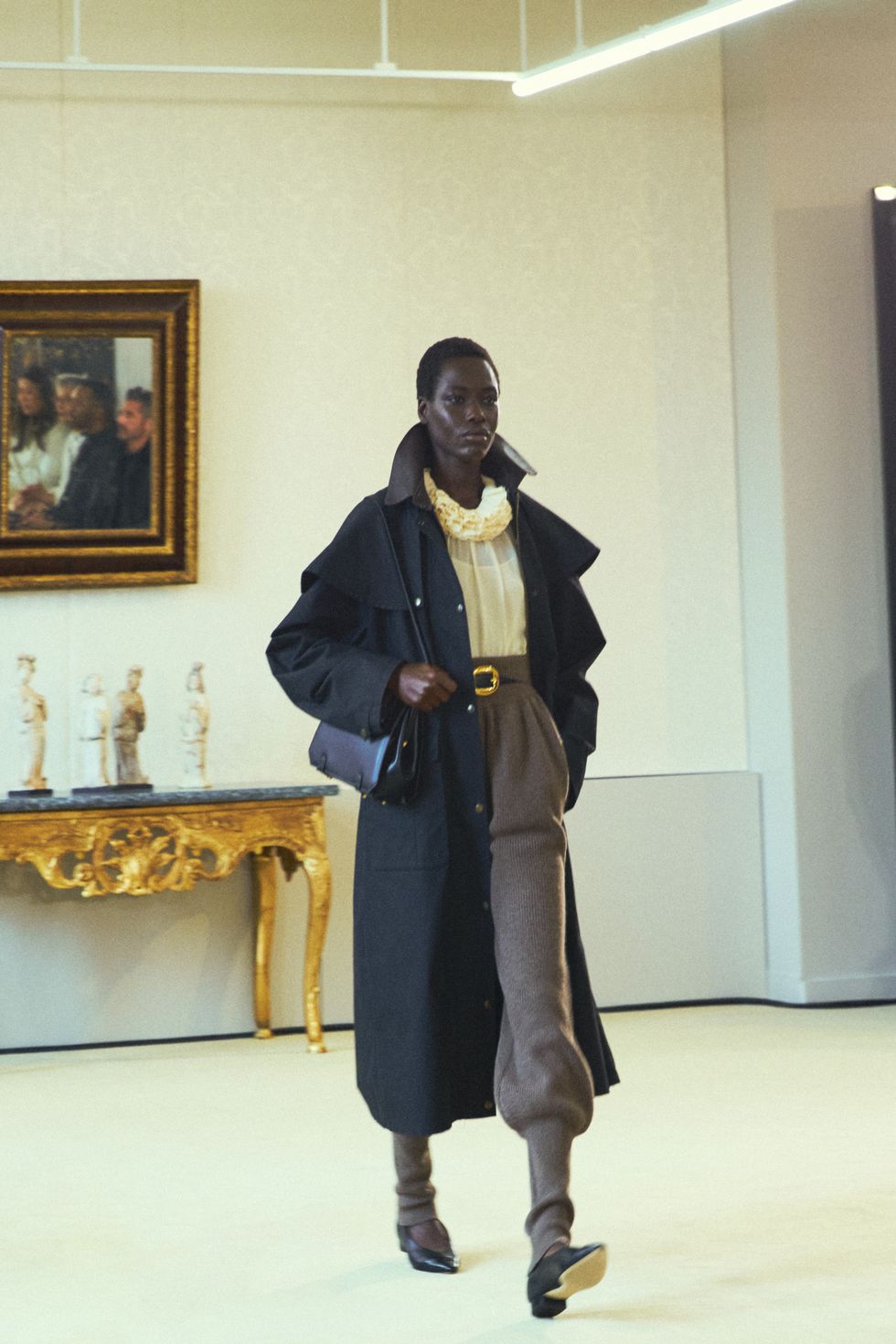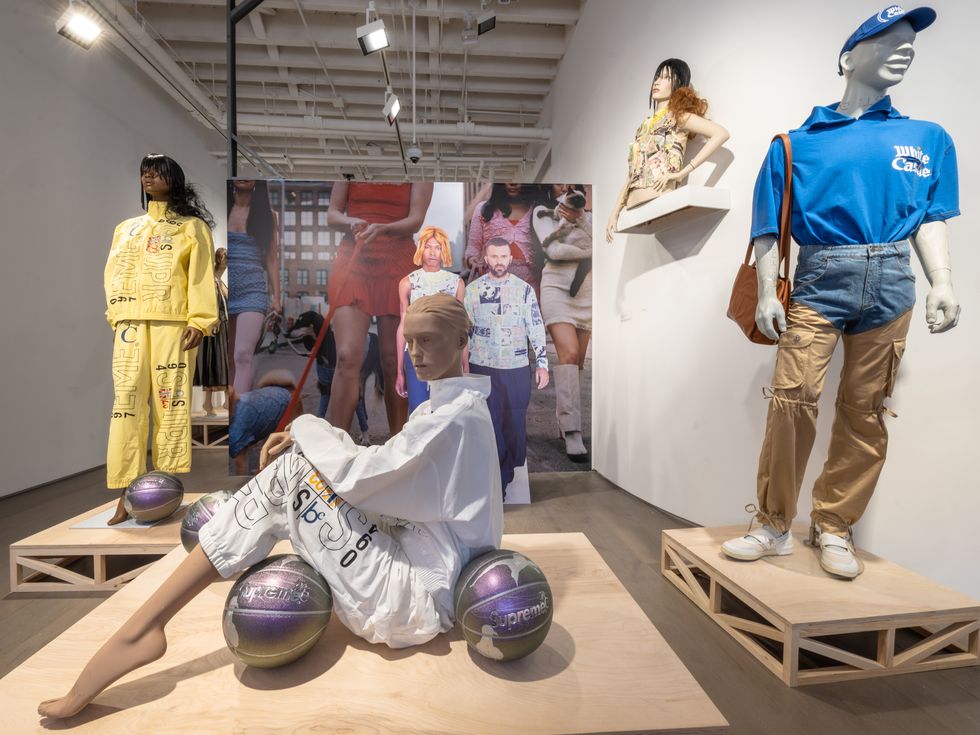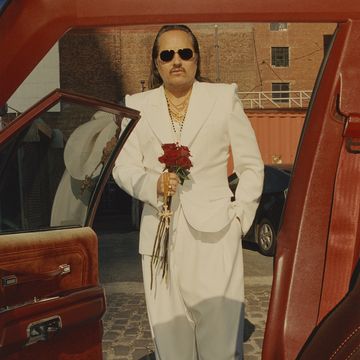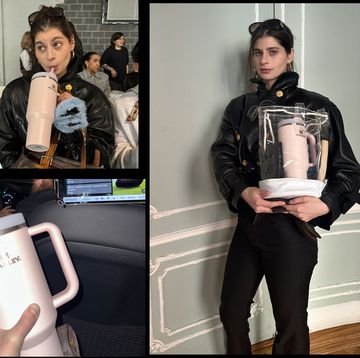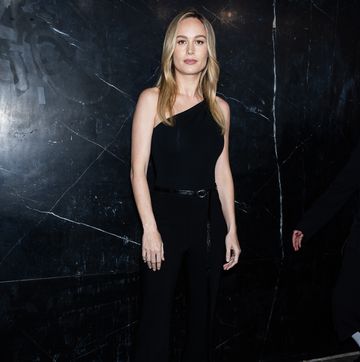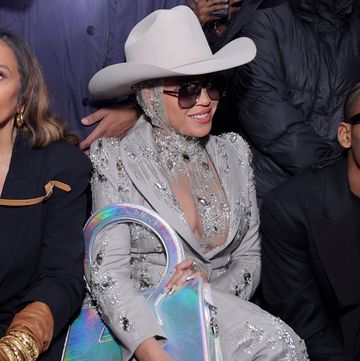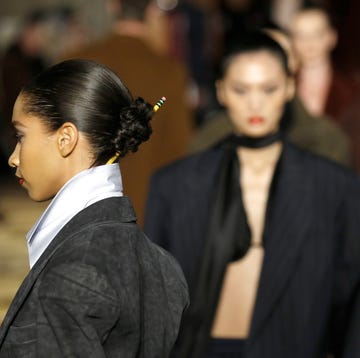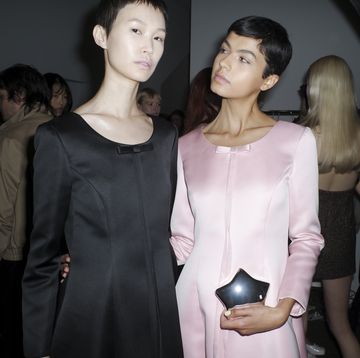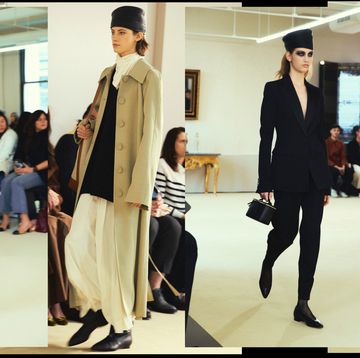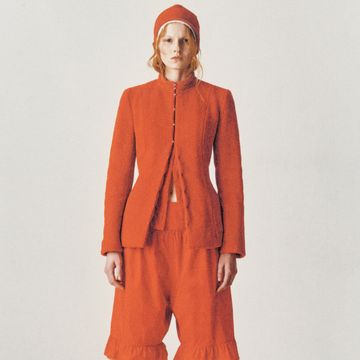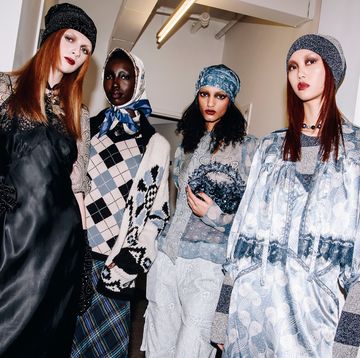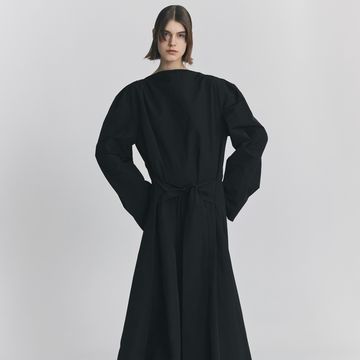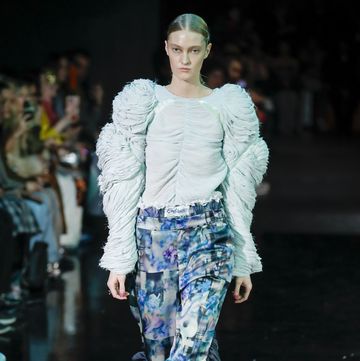There was a period during the early mid-’00s when New York felt like the white-hot center of fashion: The internet had smashed down the industry’s gates, making those once-rarefied runways accessible; and while Europe’s fashion centers resisted the great democratization, New York City embraced it: the celebrities on the front row, the reality shows, the mass-market designer collaborations, the bloggers (sort of), the tents! It was slick and starry, if a little one-note.
Like everything else, New York Fashion Week has fractured and splintered and struggled to figure itself out in the years since. As the European luxury market gets more expansive and the product more expensive, commerciality has seemingly become the only power chip. But here in New York, it feels like the opposite.
It’s a profoundly difficult struggle for emerging and independent labels to build a business and turn a profit, because the fashion industry’s traditional infrastructure doesn’t lend itself to supporting emerging talent. This season, there’s a gritty determination coming through from both established labels and emerging ones. It’s something particular to New York, a swashbuckling confidence born from having been put through your paces by the city’s punishing hustle.
And timing is ripe for brands to lean into themselves; according to McKinsey’s report “The State of Fashion 2024,” brands have to move away from performance marketing and focus on cultivating personal and emotional connections to customers.
Two designers who operate on their own terms but understand how to scale are Willy Chavarria and Hillary Taymour of Collina Strada. Chavarria, who has taken American Ivy prep and given it over to those who’ve never been allowed in the door, is the darling we’ve always needed in this city. The way he cuts a pair of baggy, billowing wool houndstooth trousers or a double-breasted jacket with peaked shoulders opens up a world of possibilities for those who’ve historically felt excluded from fashion in the whitewashed world of Americana. In the United States of Willy Chavarria, clothes come from reality. They’re filtered through a digestible lens of fantasy, and spit out on the other side, landing somewhere between perverse and practical.
Taymour, on the other hand, always leads with a laugh. This season her collection toyed with the idea of feminine strength by way of minidresses with padding at the biceps and shoulders, and a model wearing psychedelic-print shorts while carrying dumbbells made with kabocha squash instead of weights. As usual, Taymour’s cast was a mix of her friends and chosen family, and included a baby on one woman’s hip and another in utero. The designer has never compromised on her vision and her dedication to sustainability. She sticks to her guns and still has yet to take money from outside investors for her brand, which is stocked at a range of retailers, from Nordstrom to Ssense.
Taymour and Chavarria, along with Raul Lopez of Luar, who will show tomorrow, are leading the charge as far as bringing the underground out to the playing field. So is Eckhaus Latta, whose collections continue to turn sportswear on its boring old head. In the label’s world of sexiness, pencil skirts come slashed and worn with faux-fur collar jackets. Patchwork knits are made to look slightly undone, looks for just slightly messy grown-ups who’ve left the confines of Dimes Square and become creative directors. Eckhaus Latta manages to evolve each season, but never lets go of the craft and quirk that got the brand started in the first place.
Brands like Proenza Schouler and Altuzarra, now firmly established New York designers, are also more assured than ever, especially this season. At Proenza Schouler, Jack McCollough and Lazaro Hernandez have really found their groove again. After last season’s standout show and the debut of a new monogram logo, the designers are doubling down on the codes that made them the wunderkinds of American fashion in 2002. For fall, the outerwear was stellar, rendered with sturdy but slightly off-kilter necklines and hoods, the kind of coats you might have gagged over at the Barneys sale back in the day but that work perfectly well today. The knits felt of the moment, too, detached and deconstructed in a way that sets the wearer apart from the women doing quiet luxury cosplay.
The same can be said for Joseph Altuzarra’s 15th anniversary collection. He showed salon style with a smaller audience than usual and honed in on a distinctly Altuzarrian wardrobe. Referencing dance and horse jumping, the clothes had a 1940s-era direction that, as a former colleague pointed out, made you think of “the mother you never had but always wanted.” It was chic without being direct, like the jodhpurs and riding pants paired with clown-collar ruffled blouses and long-line overcoats with covered buttons. A yellow toggle coat was made to move beyond the realm of classic, thanks to a poet sleeve and a pillbox-style hat. It felt deeply personal, as if Altuzarra was returning to his core memories after a few years of experimenting.
Outside of the runway collections, there’s a new exhibit at the Pratt Institute’s Manhattan Gallery titled “The New Village: Ten Years of New York Fashion.” It’s running now through March 16th and is a survey of 20 designers who have been instrumental in driving fashion forward over the last decade—like Telfar, SC103, Vaquera, Luar, Elena Velez, and Eckhaus Latta. As curator Matthew Linde wrote in the show catalog, the exhibition is “not devoted to the complexities of American fashion identity. Instead, it is a reaffirmation of the lost role of an artistic vanguard within fashion.” In other words, these are the designers who’ve given New York Fashion Week a lasting edge. Like several of the collections this week and the designers who produced them, the group in this exhibit personifies a genuine dedication to personal passion and craft, rather than to cold, hard commerce alone.
It’s fitting that Marc Jacobs kicked off the shows ahead of the official calendar, on February 2. Celebrating 40 years in business, he presented a collection that was profoundly personal and deeply entrancing, the kind of New York fashion magic that has seemed to be missing from the city. I keep thinking about something Ssense head of content Steff Yotka said about Jacobs’s collection. Remarking on the oversize, blown-up silhouettes and the bulky embellishments, she said she thought it was about “how appropriateness can weigh heavy on us all.” If there’s anything the last couple of days of this New York Fashion Week have taught us, it’s that there’s real value in pursuing authenticity. Forget the noise, forget the prescribed modes of storytelling and narrative-based design. Just be yourself, and the fandom—and maybe some fortune, too—will follow. It may be hard to make it here, but the most interesting designers are carrying on. With so much possibility, why would you want to make it anywhere else?

